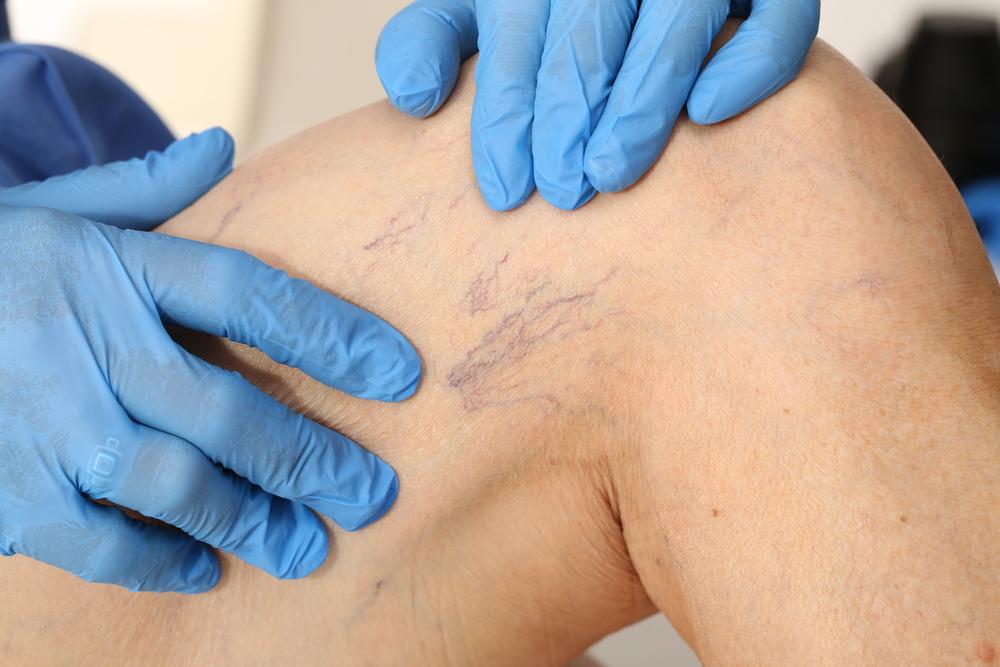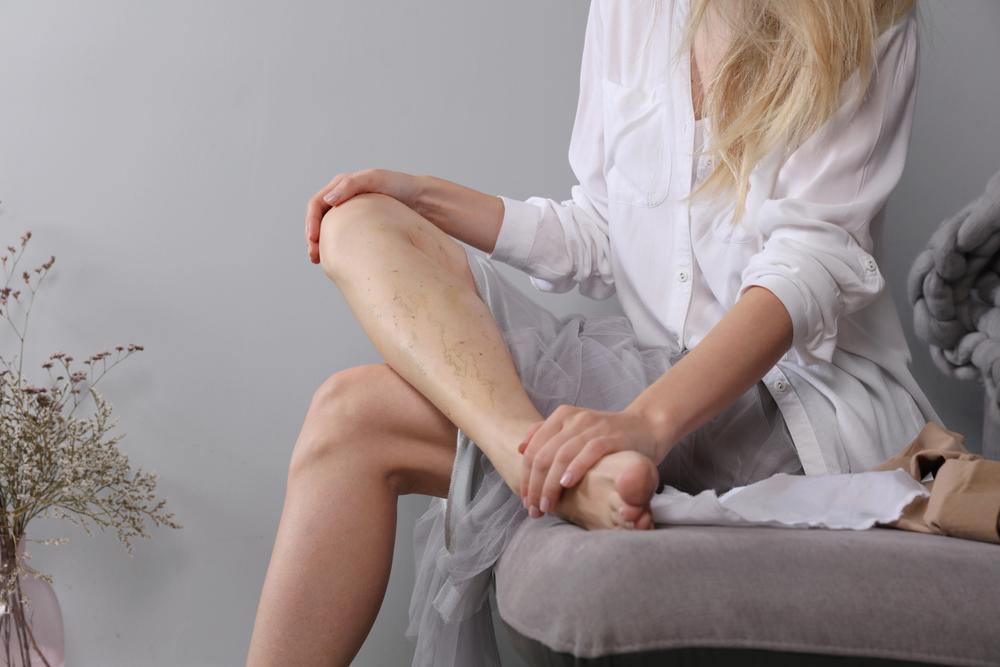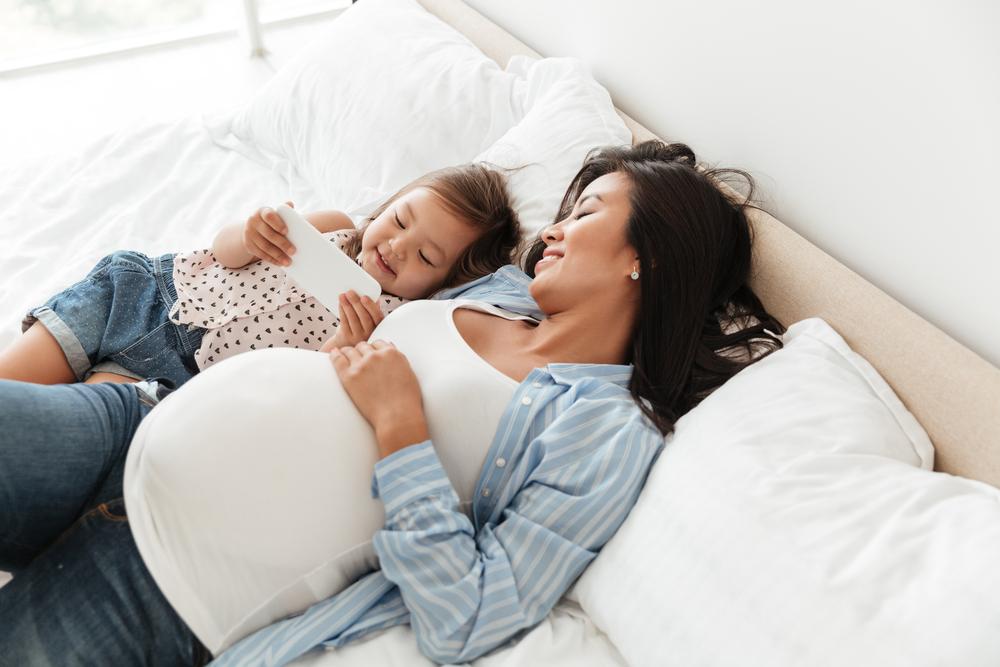You probably would have seen it along your mum’s legs or even on yours. They’re not pretty or tolerable. They’re called varicose veins and here’s everything you should know about them. Varicose veins are swollen, twisted veins that are overfilled with blood. It’s a result of poor circulation and is commonly present in the legs.
Typically, your veins return blood from the rest of the body to the heart. For this to happen, the veins in the legs must work against gravity. The blood moves by one-way valves that open as blood flows toward the heart, then close to stop it from flowing backward. What happens when the valves in the veins are weak and damaged? You guessed it, varicose veins.
Instead of travelling to the heart, the blood will begin to pool in the veins. Sitting, standing, and walking for extended periods increase the Vexing Vile Veins pressure in the veins of the lower body. The veins then stretch, weakening the walls of the veins and damaging the valves.
Here are several types of varicose veins:
- Trunk varicose veins – These are thick and knobbly and can be found on the surface of the skin.
- Reticular varicose veins – These are sometimes grouped close together in a network.
- Telangiectasia varicose veins – Also known as thread veins or spider veins, are small, thin clusters of blue or red veins that don’t bulge underneath the surface of the skin.

What are the presenting symptoms?
Most varicose veins appear twisted and bulging and have a bluish-purple or red colour. Their symptoms are:
- Achy or heavy feeling in the legs, especially after exercise or during sleep time.
- Burning, throbbing, muscle cramping, and swelling in the lower legs.
- Intensified pain after sitting or standing for a long time.
- Itching.
- Minor injury resulting in prolonged bleeding.
- Lipodermatosclerosis, where fat under the skin just above the ankle can become hard, resulting in the skin shrinking.
- Spider veins in the affected leg.
- Stasis dermatitis (venous eczema), where the skin in the affected area is red, dry, and itchy.
- Atrophy blanche, irregular whitish patches that look like scars appear at the ankles.

Where can it occur?
Besides your legs, varicose veins can also appear here:
- Lower half of the body: calves, ankles, and feet.
- Pelvic area (pelvic congestion syndrome), especially in people who have had children.
- Testicles (varicocele), can lead to male infertility.

Most varicose veins appear twisted and bulging and have a bluish-purple or red colour.
What are the risk factors?
Below are some risk factors you should take note of. Take extra precaution if you’re:
- Taking oral contraceptive pills or hormone replacement therapy.
- Standing for long periods.
- Gender – Women are more vulnerable because of hormonal changes before the period or during pregnancy or menopause as female hormones tend to relax vein walls.

- Age – Causes wear and tear on the valves in the veins.

- A family history of varicose veins.
- Chronic constipation.
- Being inactive.
- Leg injury.
- Obesity.
- Smoking.
How do doctors confirm your diagnosis?
The doctor will examine your legs and visible veins while you’re sitting or standing. You’ll be asked about any pain or symptoms you’re having. After that, your doctor might conduct some tests such as:
- Ultrasound – To check blood flow.
- Venogram – To provide a better view of blood flow on the X-rays.
- Duplex ultrasound – To visualise the blood flow.
- Doppler ultrasound – To hear the blood flow.

Conclusively, varicose veins are an incurable condition that can only become worse over time. Thus, the young and old need to make some time to care for their limbs.
What are your treatment options?
Some surgeries or other procedures that help to manage varicose veins include:

- Sclerotherapy – Your doctor will inject the varicose veins with a solution or foam that scars and closes the veins.
- Laser treatment – Your doctor will apply strong bursts of light onto the vein, making it slowly fade and disappear.
- Ambulatory phlebectomy – Removes smaller varicose veins through a series of tiny skin punctures.
- Vein ligation and stripping – Removes varicose veins through minimally invasive incisions.
- Endovenous ablation therapy – Blocks off a vein using heat and radio frequency waves.
- Endoscopic vein surgery – Blocks off a vein using a small lighted scope.
- Transilluminated powered phlebectomy – Removes varicose veins through the incision by illuminating it with light.
- Compression stockings – Squeezes the legs, helping veins and leg muscles move blood more efficiently.
- Elevation of the legs – Elevate your feet above heart level three or four times a day for about 15 minutes at a time to help with blood circulation.
You can also try some home remedies:
- Exercise.
- Weight management.
- Avoid salt entirely.
- Choose proper footwear.
- Avoid tight clothing.
- Avoid long periods of sitting or standing.

Conclusively, varicose veins are an incurable condition that can only become worse over time. Thus, the young and old need to make some time to care for their limbs.














